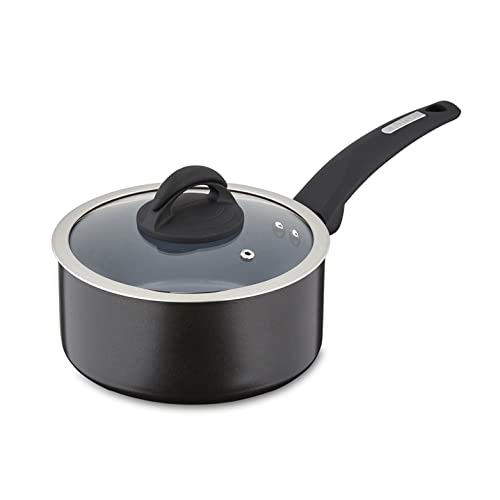Understanding the Purpose of a Saucepan
In our modern kitchens, there are countless tools and utensils available to aid in our cooking endeavors. From blenders to ovens, each piece serves a specific purpose. One such essential tool is the saucepan. So, what is a saucepan used for? Let’s dive into the details.
Versatility in Cooking
Saucepan’s primary use is to heat liquids, sauces, and soups. The design allows for even heat distribution, preventing any hot spots that could cause burning or uneven cooking. This versatile piece of cookware often comes with a lid, which helps to retain heat and allow for simmering or boiling liquids. The size and shape of a saucepan make it an ideal tool for small batch cooking such as reheating leftovers or preparing small quantities of food.
Perfect for Sauces and Gravies
As its name suggests, the saucepan is perfect for making sauces and gravies. It provides just the right amount of heat necessary to melt ingredients together, creating smooth and flavorful sauces. The low, sloping sides aid in whisking or stirring the sauce without spilling. Whether you’re preparing a classic béarnaise sauce or a rich meat gravy, a saucepan is an essential tool that will ensure success in your culinary creations.
Indispensable for Soups and Stews
As a saucepan allows for even heat distribution, it is an indispensable tool for making soups and stews. The depth of the pan allows for a significant volume of liquid and ingredients to be incorporated, while the lid helps in retaining heat and flavors. Whether you’re making a hearty vegetable soup or a comforting beef stew, a saucepan provides the necessary space and control needed to achieve the perfect balance of flavors.
Other Uses and Considerations
While the primary use of a saucepan is for heating liquids and making sauces, it has several other uses as well. It is an excellent tool for blanching vegetables, poaching eggs, and preparing grains such as rice or quinoa. The non-stick versions of saucepans are particularly useful for delicate dishes, as they prevent sticking and make cleanup easier. When choosing a saucepan, consider its size, material, and handle design. Opt for a size that best suits your needs and kitchen space, and select a material that offers heat conductivity and durability. Additionally, ensure that the handle is ergonomic and comfortable to hold, allowing for easy maneuvering in the kitchen.






